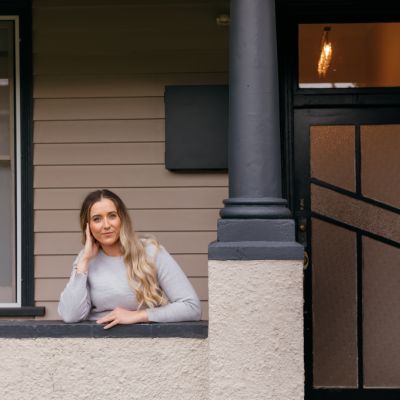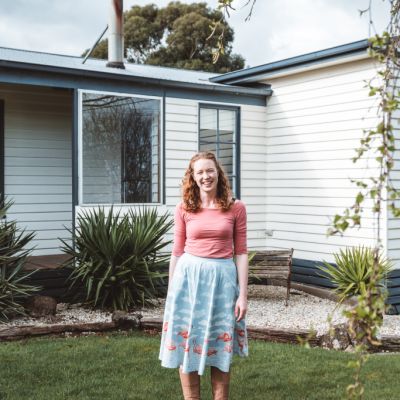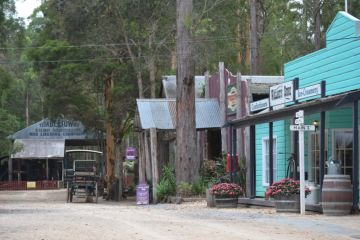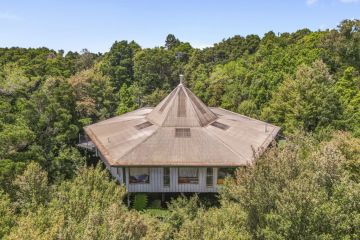How Louise Southerden is teaching herself to build a tiny house
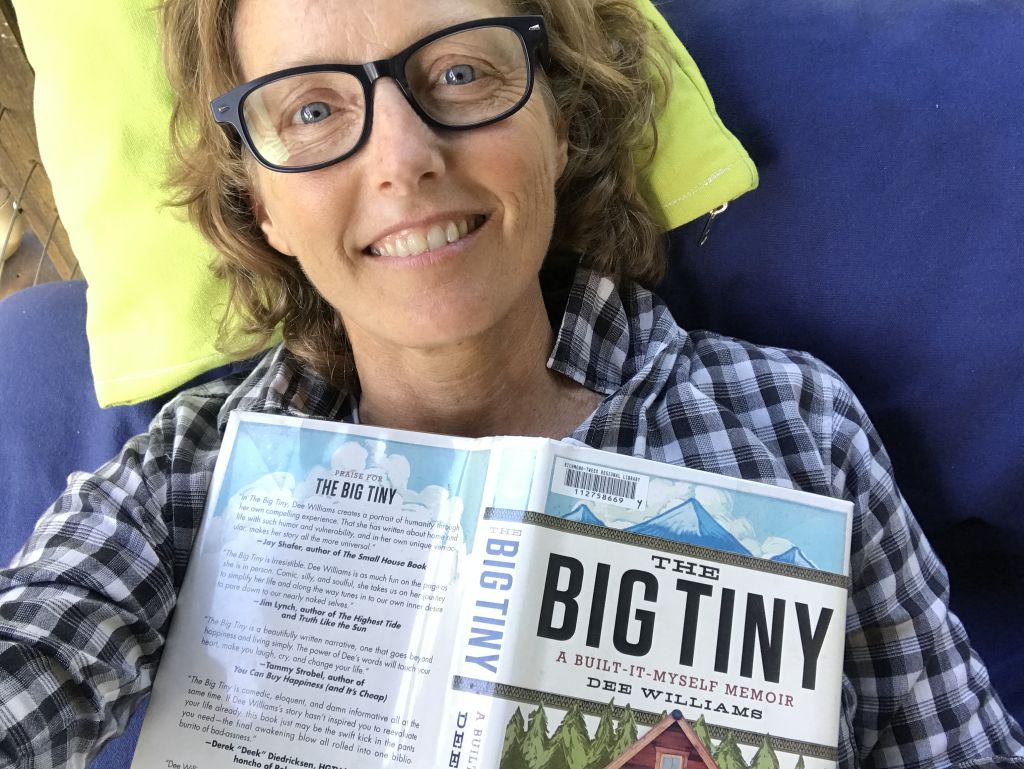
When the COVID-19 pandemic halted the travel industry this year, it also stopped Louise Southerden in her tracks.
The award-winning freelance travel writer (who’s written for Traveller, owned by Nine, also a majority owner of Domain as well as running her blog, No Impact Girl) had been on the road for much of the past 25 years, but travel restrictions left her with nowhere to go and nothing to write.
While that wasn’t exactly a welcome change, it did allow her to turn her thoughts towards home for once – specifically, towards building a tiny house for herself, something she’d long dreamed of doing, in her small town in northern NSW.
And with all her travelling through the years, Southerden has developed quite the romance with tiny living; she’s rested her head in treehouses, ships’ cabins, cottages by the sea, boats, and tiny Japanese apartments.
“I love being in small spaces,” she says. “When something’s well-designed – and it has to be when it’s a small space – there’s something really satisfying about it.”
A stay in a remote cabin in Norway – “a complete ‘chop wood, carry water’ experience” – confirmed for her that minimalism and sustainable living help clear the headspace for life’s more important things. “I loved that one-room simplicity, of everything quietening down,” she says. “I felt my nervous system quietening down.”
It’s something she hopes to recreate now with her own home. Southerden has spent a couple of months on her design, finding inspiration in the YouTube series Living Big in a Tiny House and devouring library books on small spaces.

She’s decided on a 7.2-metre by 2.5-metre tiny house being built on wheels on a friend’s block of land. There will be a loft bed and composting toilet, with plans to eventually be completely off-grid.
By adding a high ceiling and 13 windows, Southerden is making the most of the sense of roominess she says is more available with a tiny house than with other mobile homes on wheels.
“There’s lots of airflow, there’s lots of natural light, lots of ventilation. [Tiny houses] just have that spaciousness when you walk in, and the ceiling is way up there. It’s really different to walking into a caravan.”
With an aspect chosen to maximise winter sunshine and allow tree shade for the outdoor deck, the indoor climate will benefit from the natural environment.
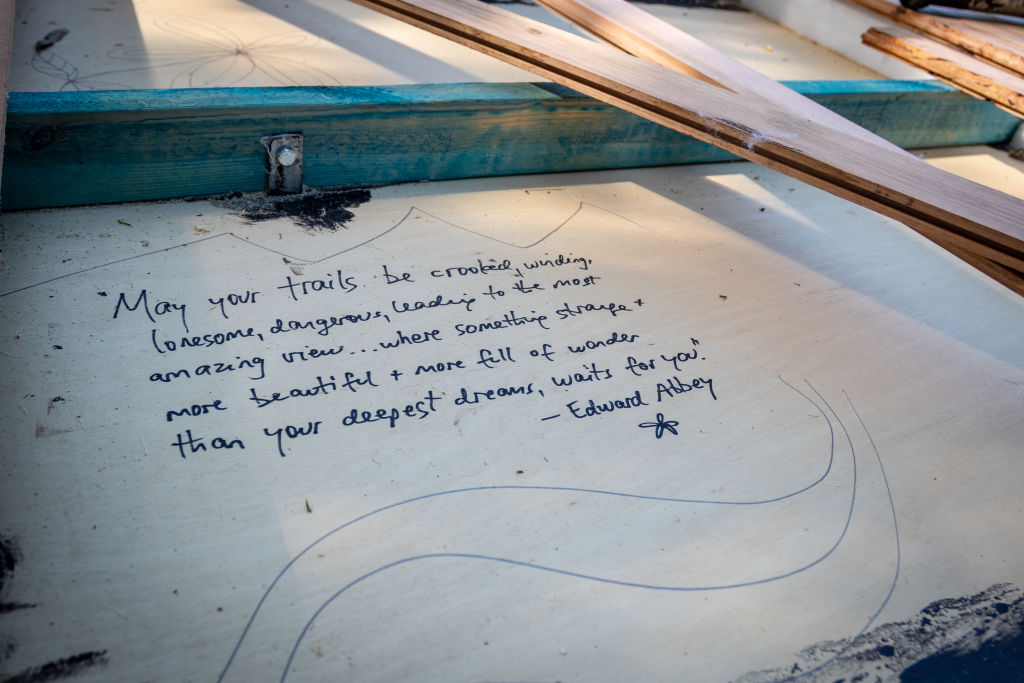
When it came to preparing herself for the practical aspects, Southerden called on an old acquaintance, Fred Schultz from Fred’s Tiny Houses, whose workshops help DIY and professional builders learn the nuances of safely constructing a tiny home.
Southerden had already taken a weekend workshop with him in 2018, but in March Schultz put his teachings online as Tiny House University, accessible from anywhere.
Southerden says working through these online tutorials helped her feel empowered even in the early stages of the build, despite having no experience with construction.
“Already I feel really good just holding an impact driver, with my earmuffs on and safety glasses on,” she says. “[Schultz] really understands what it’s like to be on the outside of the building industry … to not know the lingo, or not really fit into that sometimes-macho building scene.”

Schultz, who hand-built the tiny home he and his family lived in for a year, says he aims to provide enough information so people can confidently take up the tools and get building, irrespective of experience.
“We want to put the hammer back in the hands of people to reclaim shelter-making for themselves,” he says.
Southerden has the added security of a builder friend checking that her home is structurally sound. Her partner, who’s also handy with tools, is also helping, and Southerden is enjoying the communal process after spending years writing in a room by herself.
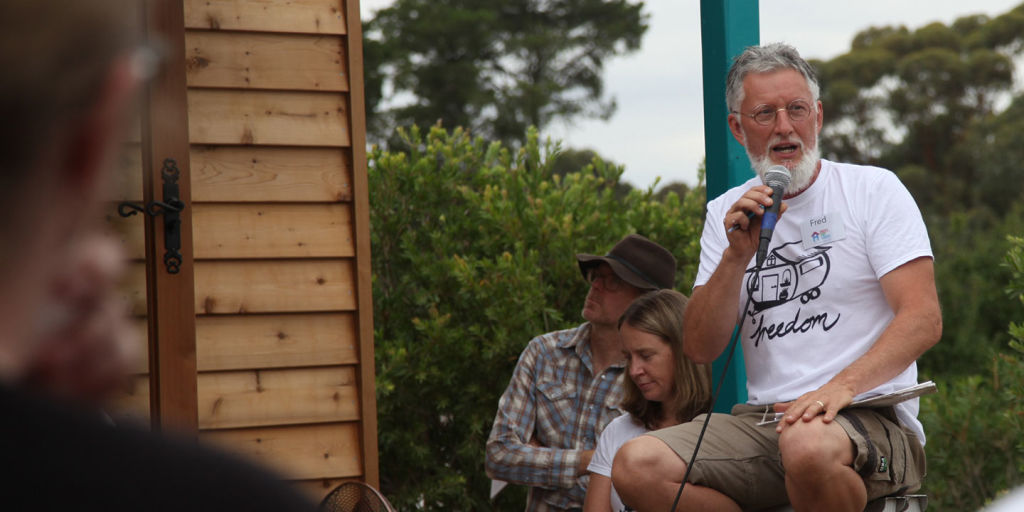
Yet the new world of tiny home building has felt a bit like visiting a new country and “like learning another language” for a travel story.
“Every day I’m learning how to do something I’ve never done before. That’s what makes it exciting,” she says. “It’s a bit like exploring a new territory that I’ve heard about but I’ve never been there myself. Now I understand how satisfying it is to make something yourself.”
This is part of a series looking at how Australians bought their homes. For more advice, read Domain’s ultimate guide to buying your first home.
We recommend
States
Capital Cities
Capital Cities - Rentals
Popular Areas
Allhomes
More
- © 2025, CoStar Group Inc.
